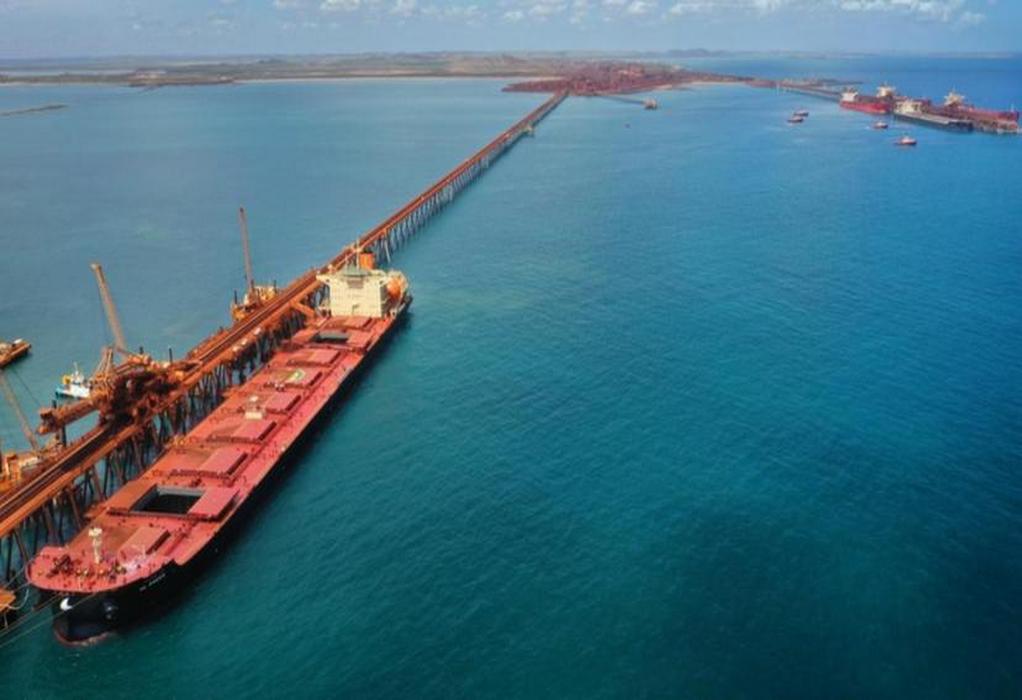The intra-Asia trades, container shipping’s pipelines, are set to get the green corridor treatment.
‘Silk Alliance’, named after the famous Silk Road, brings together shipowners including Mediterranean Shipping Co (MSC), Pacific International Lines (PIL), Wan Hai Lines, X-Press Feeders, Yang Ming Marine Transport Corp; shipyard, Keppel Offshore & Marine; bunker logistical supplier, Singfar International; engine manufacturer, Wärtsilä; shipmanager, Wilhelmsen Ship Management; and financial institutions, the Asian Development Bank and ING.
The Silk Alliance presents an opportunity for the industry to leapfrog the progress of fuel transition.
Lloyd’s Register Maritime Decarbonisation Hub announced that it is working with 11 cross-supply chain stakeholders to develop a fleet fuel transition strategy. It says that the strategy can enable the establishment of a highly scalable green fuel corridor cluster.
At the outset, these members will collaborate to send an aggregated demand signal for other stakeholders such as fuel providers, port operators and governments to support the green corridor cluster concept.
Tags: Green Corridors, Keppel Offshore, MSC, Silk Alliance, Wan Hai Lines, X-Press Feeders, Yang Ming Marine



Recent Posts
Hygenco Commissions Maharashtra’s First Green Hydrogen and Oxygen Facility to Power STL’s Net Zero Goals
India Invites Second Round of R&D Proposals Under ₹4 Billion Green Hydrogen Mission
BMTC Adds 148 Tata Electric Buses to Bengaluru Fleet, Strengthens Green Mobility Drive
MITSUI E&S Deploys Hydrogen Fuel-Cell RTG Crane at Yokohama’s Minami Honmoku Terminal
WinGD’s first ammonia-fuelled engine installed on EXMAR vessels
DP World and Asian Terminals Inc deploy first fleet of electric internal transfer vehicles in the Philippines
Lloyd’s Register Decarbonisation Hub Joins Mærsk Mc-Kinney Møller Center as Knowledge Partner
Wärtsilä engines selected to deliver reliable power for US data center